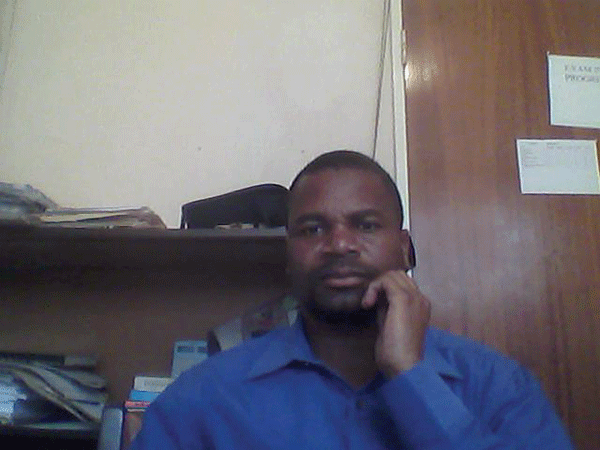
The climate change inventory situates scientists as stuck deeply in a discipline-specific dilemma, where they are perpetually yoked in the discourse of omniscience and intellectual gatekeeping. What is undeniably clear is that, over a thousand years, scientists have been making research breakthroughs and innovations, as a result they have made their stable, a closely-guarded and fortified fortress, in which they are unreachable, untouchable and unanswerable.
guest column: Peter Makwanya

Although their research is aimed at benefitting and influencing the public’s way of thinking, sadly, in all these years, scientists are yet to really engage and communicate to and with the public. They remain far removed and detached from public concerns and for them, no one has the right to scrutinise their discourse community and community of practice.
The way scientists communicate about climate change issues has been driven and is centred on unshakable pillars of complexity, scientific hedging and uncertainty, all of which are based on the tradition of scaring, with alarmist discourse aimed at fear-inducing and keeping the public in a continuous state of panic and quandary.
On the other hand, climate change communication experts have been trying to level the playing field through sustainable language use and empathy. For this reason, it is nobler to bring a human face or touch into climate change communication and representation, by bringing a new dimension in order to tame the monster in climate science communication. By so doing, it will be significant to enlist humour so that the public would enjoy reading climate change news in a relaxed and flexible manner.
As it is, the climate change scientists and the general public are worlds apart, each stable continues to be deeply immersed in their communities of practice without much attempts to charm each other.
The role that used to be played by oral literature, through folklore touched on human lives and their behavioural tendencies and livelihoods. Therefore, scientific communication can do the same by bringing in some shades of fiction and creativity in climate change representation. Although the world has been projected as being at a point of no return due to escalating climate change effects, humour and satire can make climate change readable and even enjoyable. The fictional approach doesn’t need to be purely scientific, but just context-specific and human touching. It must possess the power of mediating between complex technical genres, the real life contemporary and experiential issues, enough to appeal to our general world views. If the public is left out of climate change representation by exclusionary scientific discourse then the situation will always remain gloomy until the judgment would be upon us.
The fear-riddled scientific communication requires a paradigm shift to project a new dimension and impetus. As such, writers and the public would visualise the future that they want from the present projections and interventions, in terms of the environment using language and creativity as the regulatory effects. Folklore has been good for capturing, moulding and preserving cultural as well as behavioural modifications. The introduction of some humour and shades of satire that is not detached from the environmental concept would act as a pulling factor. Gone should be the era when people who want to read about climate change issues would go through the processes of making face threatening gestures, since the discourse would not resonate well with their world views. A shift from the fear-inducing paradigm to a more relaxed, funny and enjoyable manner should usher in new horizons of hope from the current despair.
- Chamisa under fire over US$120K donation
- Mavhunga puts DeMbare into Chibuku quarterfinals
- Pension funds bet on Cabora Bassa oilfields
- Councils defy govt fire tender directive
Keep Reading
If the human hand is the prime destructive agent then scientists should do more to charm the anthropogenic agents of climate change. If scientists cannot afford to do that then communication experts should pave the way and excite the world through linguistic creativity and representations. The fusion of humour with the climate change discourse need not divert from the critical concept of adaptation and mitigation. The climate story and issues of resilience and sustainability should still be told so that climate action and protection ethos are upheld. Ecocriticism should continue with its critical narrative based on descriptive paradigms and innovations.
For the climate change deniers and doubting Thomases, climate fiction should help to erase their mounting suspicions. The public can, therefore, enter the fray and contribute through fusing humour in poetry, songs, short stories, novels and animations, even in their own vernaculars.
Peter Makwanya is a climate change communicator. He writes in his own capacity and can be contacted on: [email protected]











